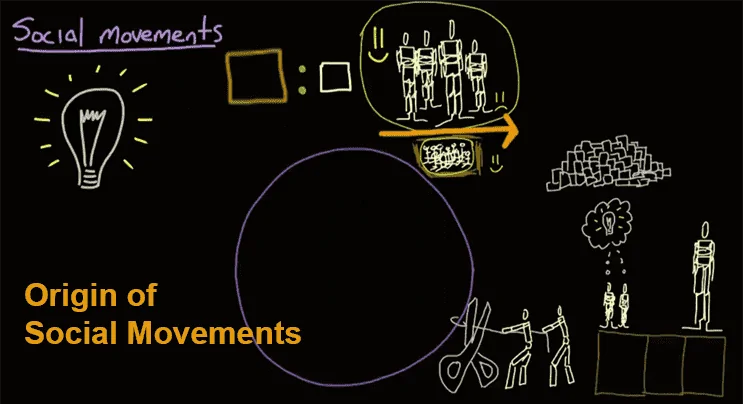Define the Process of Universalization and Parochialization?
Mckim Marriott speaks of the twin processes of Universalisation and Parochialization. Universalisation refers to the carrying forward of materials which are already present in the little tradition” while Parochialisation is the downward devolution of great traditional elements and, their integration with little traditional elements. It is a process of localization. Thus, we see that there is a constant interaction between little and great traditional elements.
When the elements of great traditions, in order to perpetuate themselves, go downward and mix with the elements of little tradition, they parochialize themselves. A process of spread of some elements of little tradition which were to have wider acceptance at the level of masses become a part of the great tradition is universalisation.
Mckim Marriott exemplifies these processes in his field study of Kishangarhi village. Navratri festival has been quite popular throughout the country in which puja of Durga, Amba and Kali is performed during the days of Dussehra. People of Kishangarhi do perform puja and other rituals during these days, but a little differently.
Hence, Nauratha a local or parochial goddess occupies the place of pride. Nauratha does not enjoy any mention in great traditional Hindu scriptures. Obviously it is an example of parochialization of a great tradition.
Citing examples of the worship of goddess Saurati and celebration of Saluno festival from Kishangarhi, Mckim Marriott has demonstrated the universalisation of parochial cultural elements. He says that the practice of Lakshmi’ s worship during Diwali a popular religious practice in many parts of India is nothing but universalization of little traditions like worship of goddess Saurthi.
During Diwali the people of Kishangarhi carve the image of Saurati on the walls with rice flour to invoke her blessings for health and wealth the contends that such practices did not originate in great traditions of the Hindus but such little traditions as Sourthi’s worship during Diwali traveled upwards, were accepted and incorporated in the religious texts and epics of great traditions and became part of it in the course of time.




